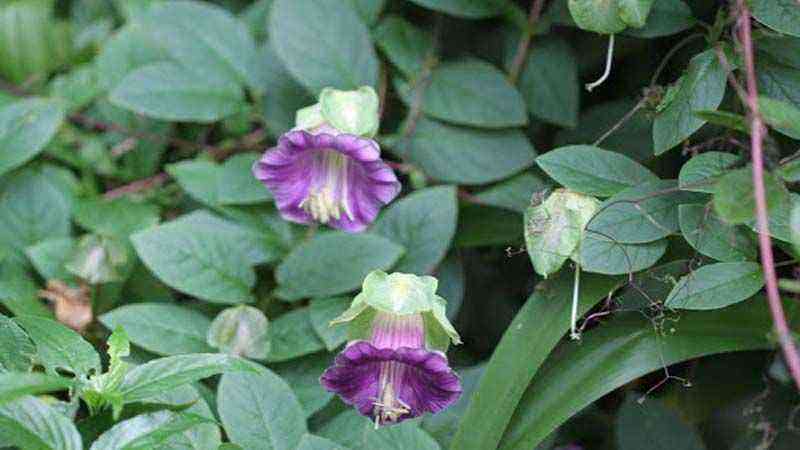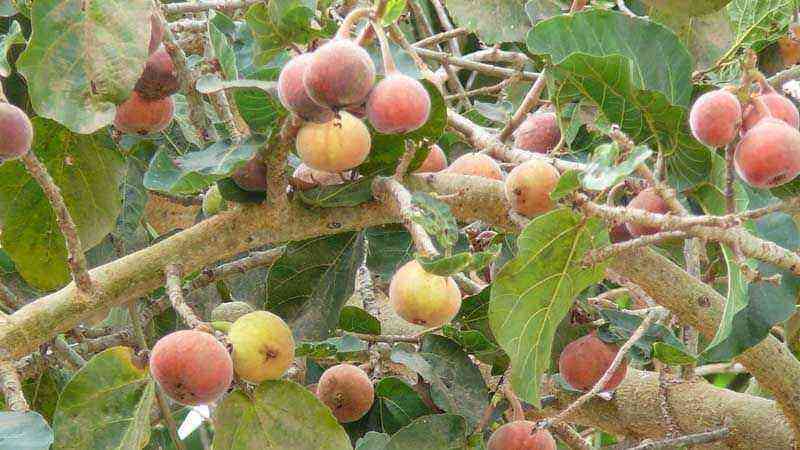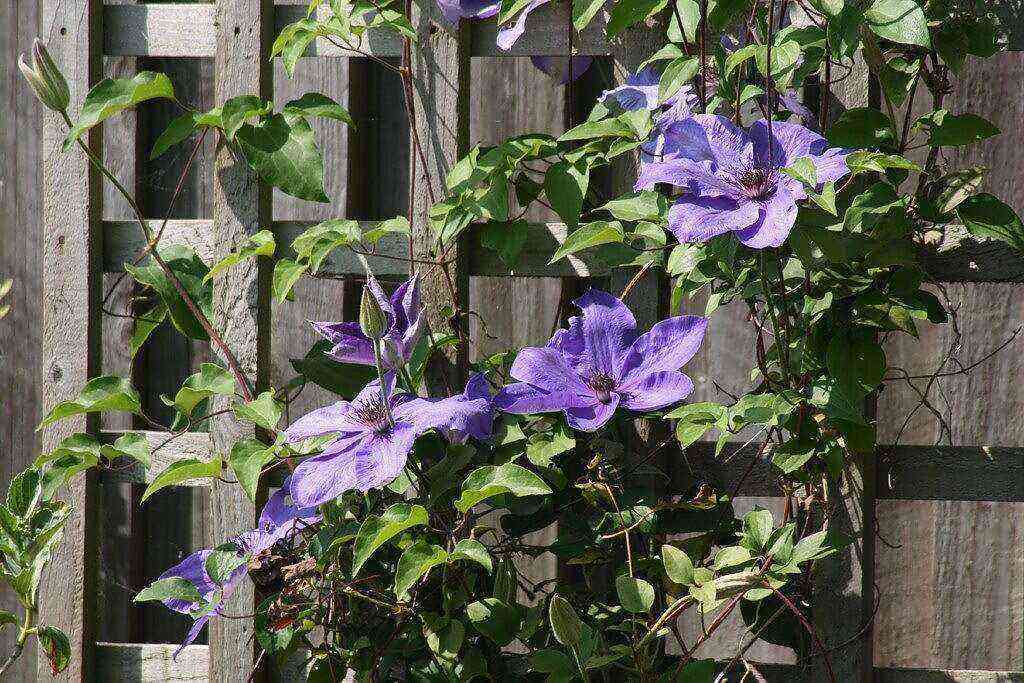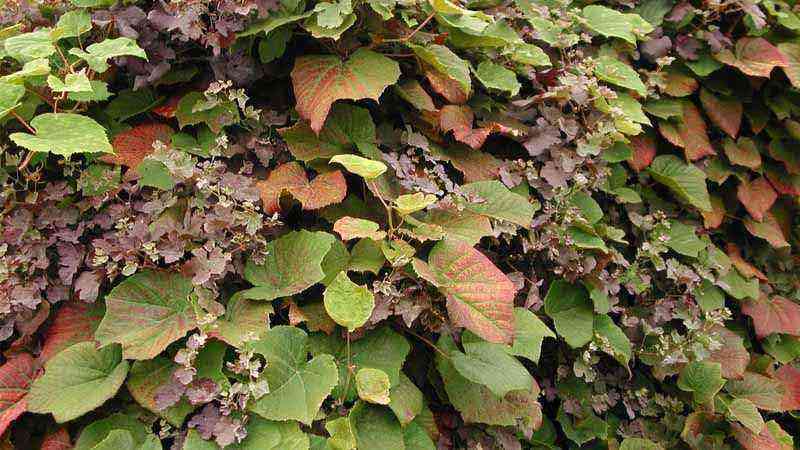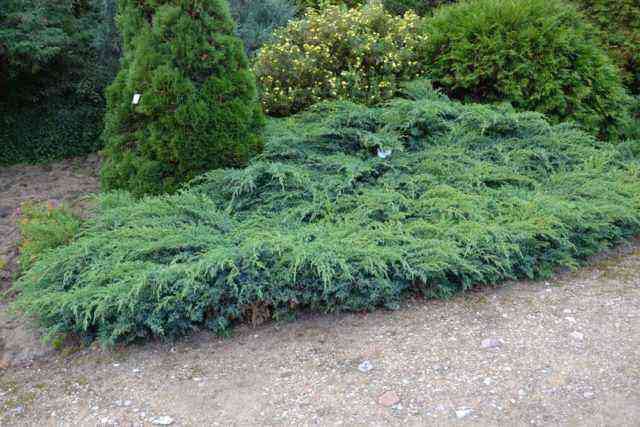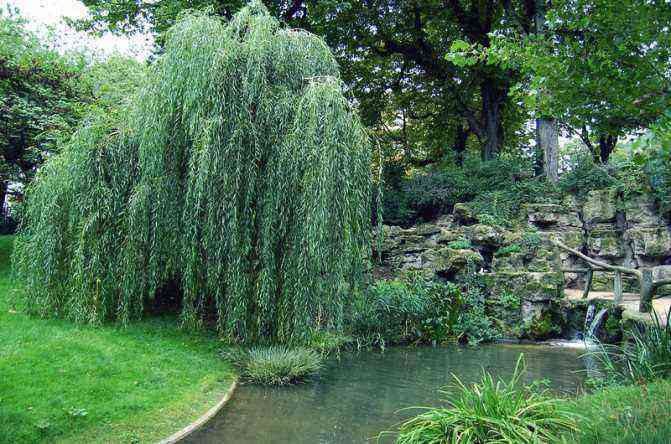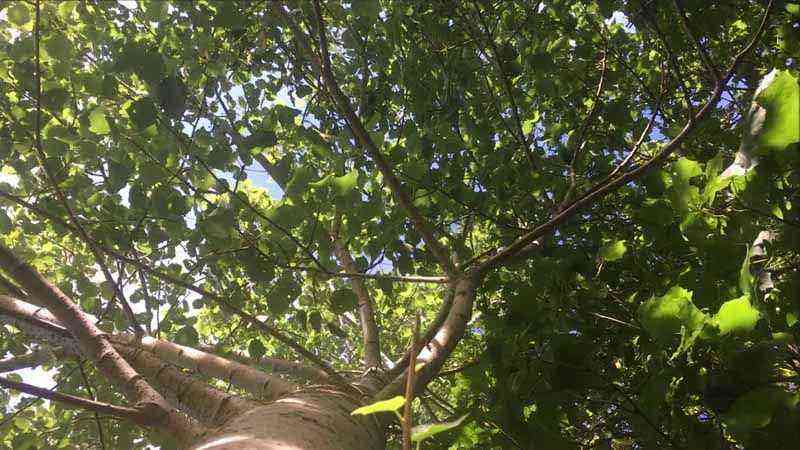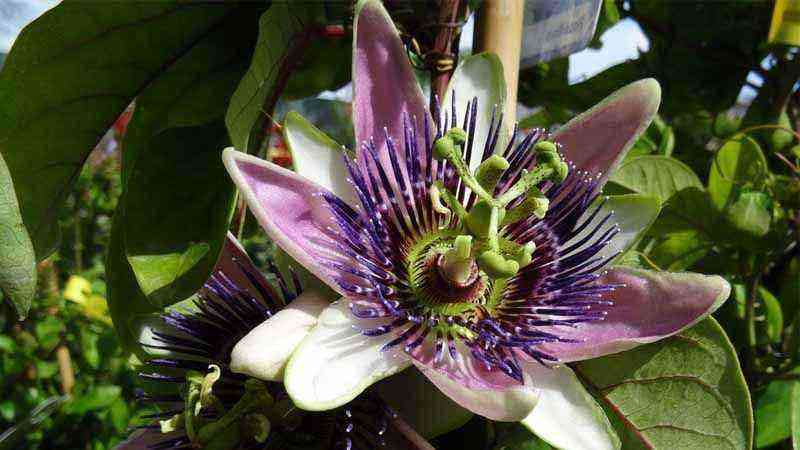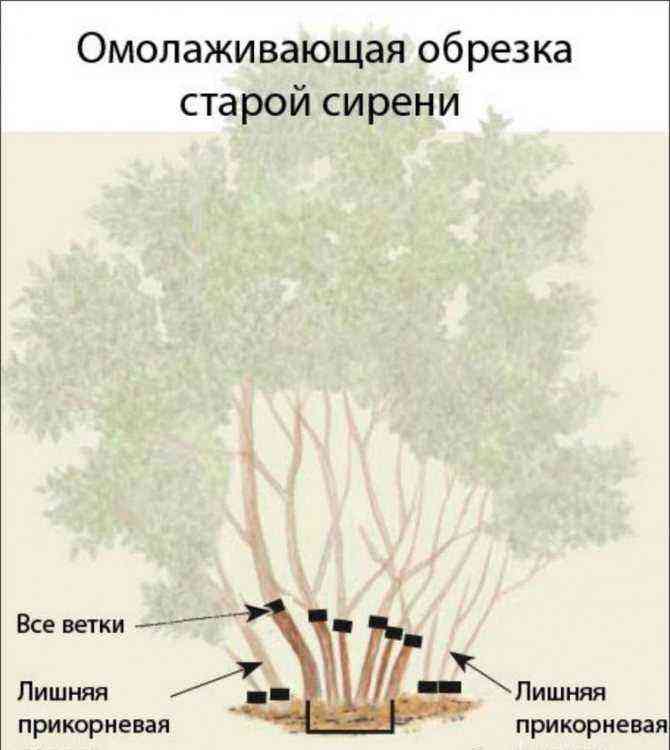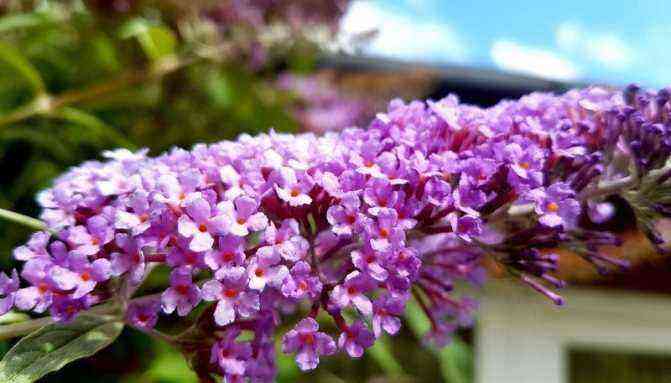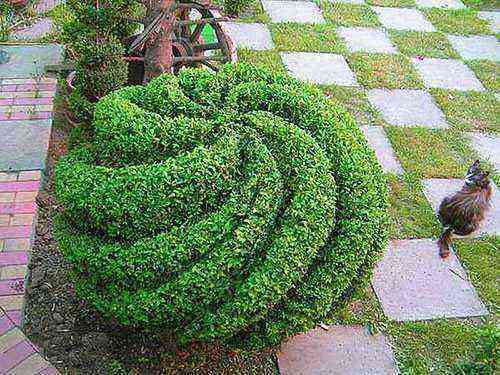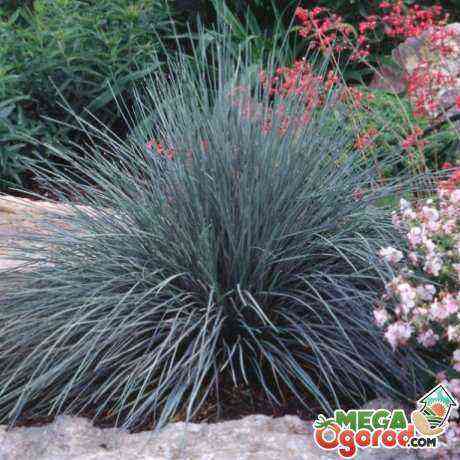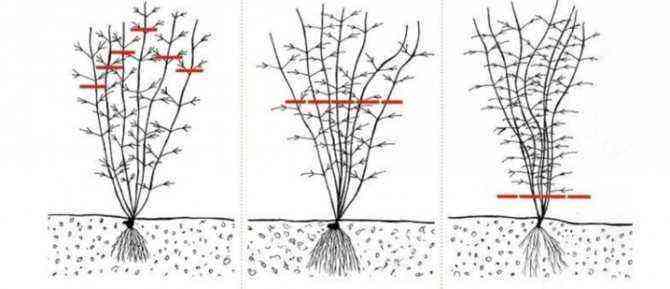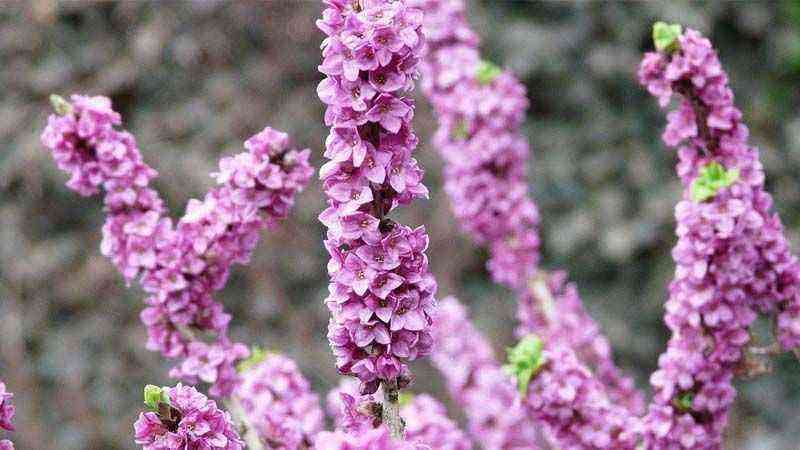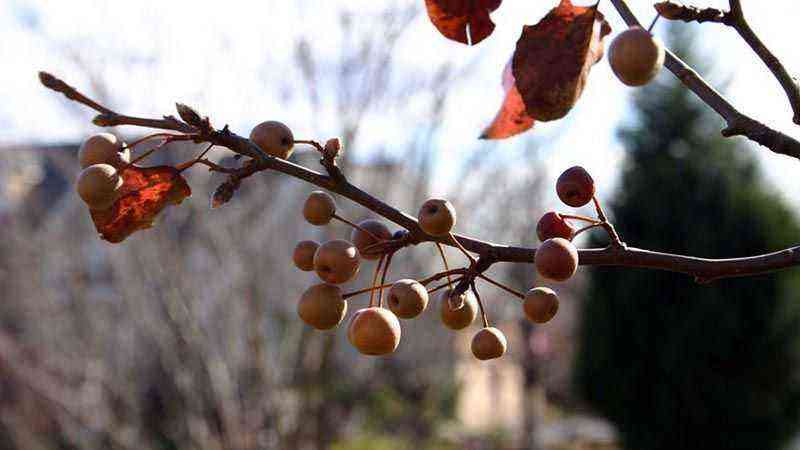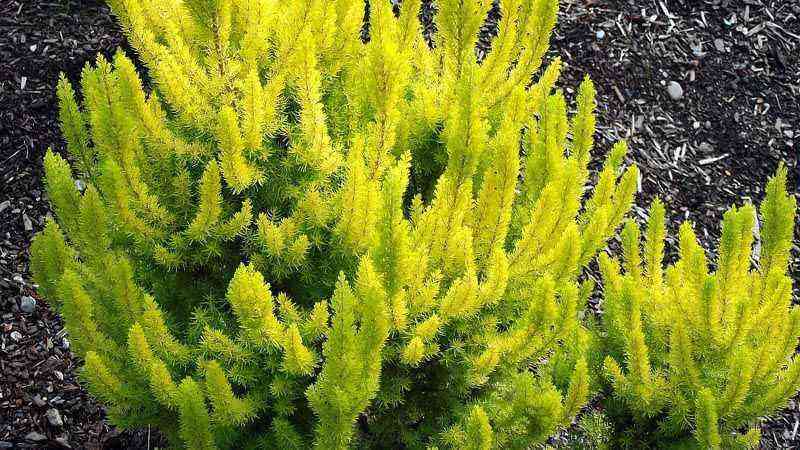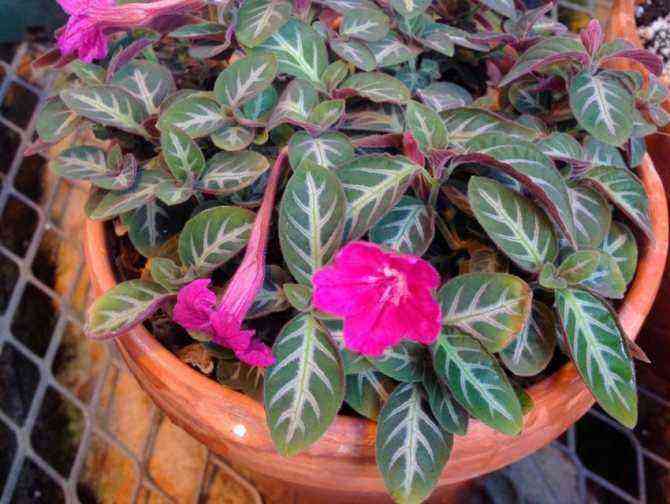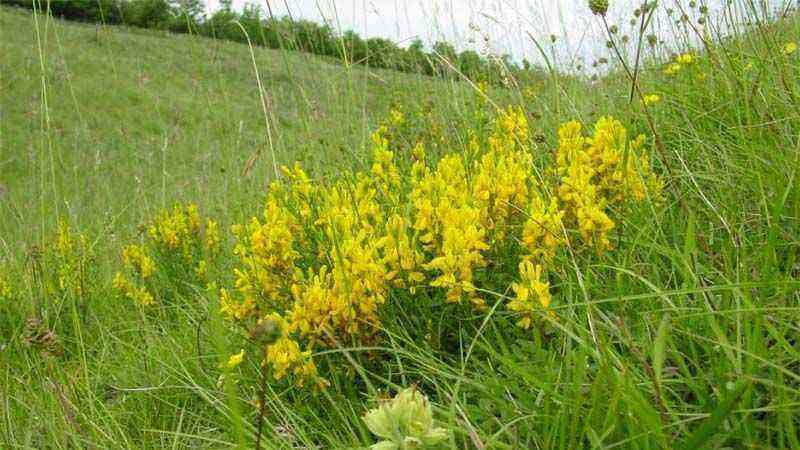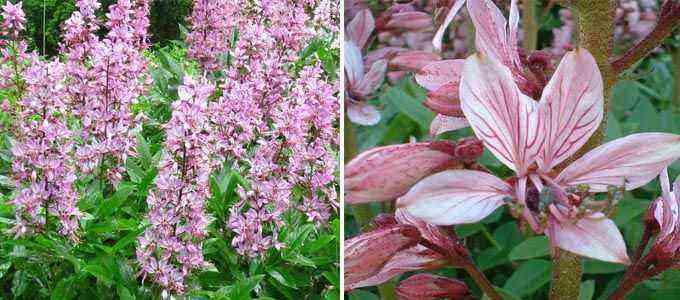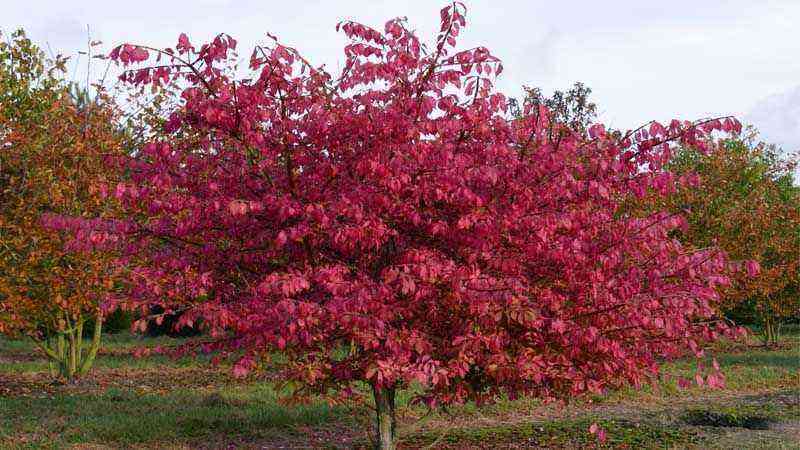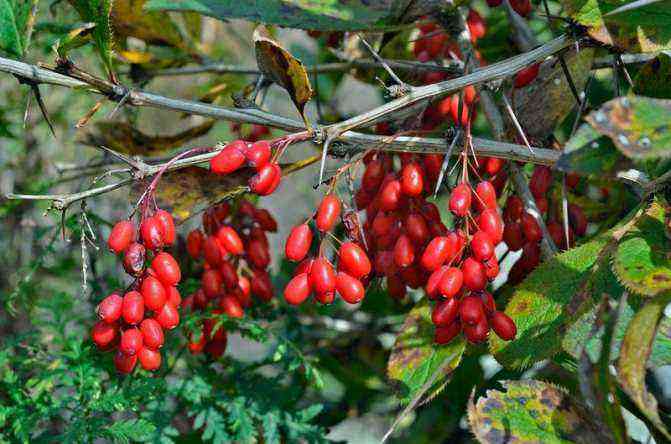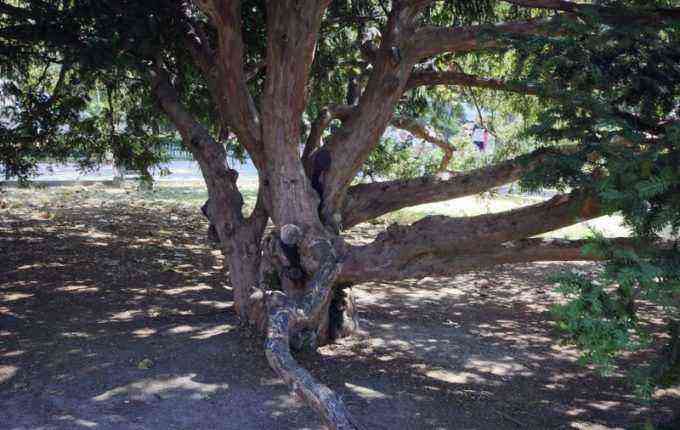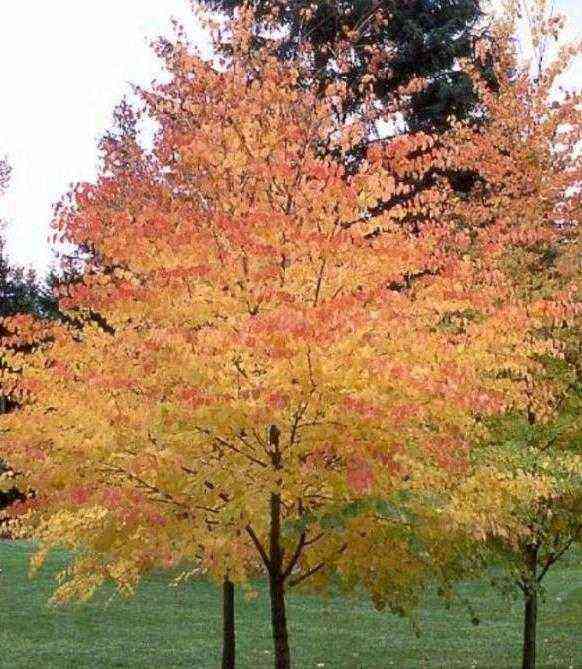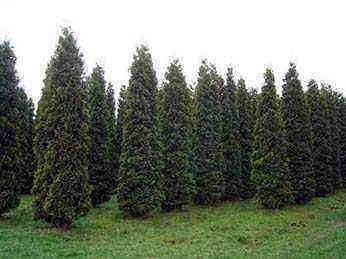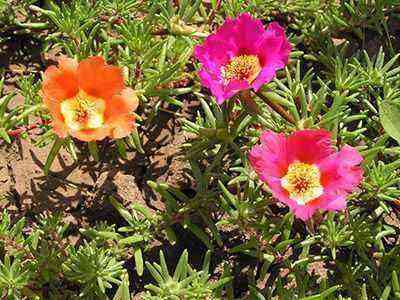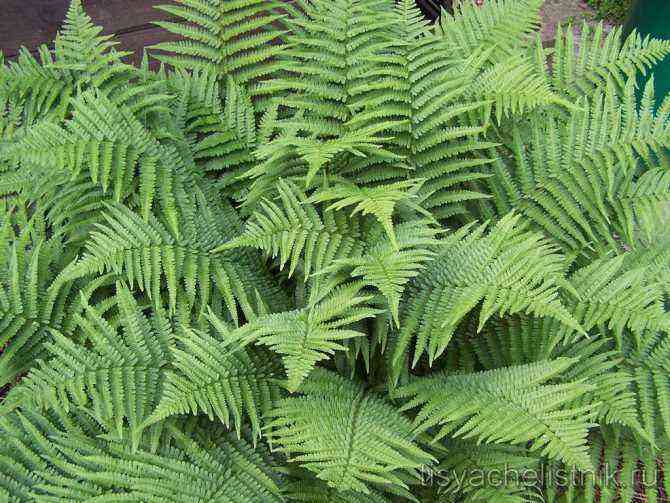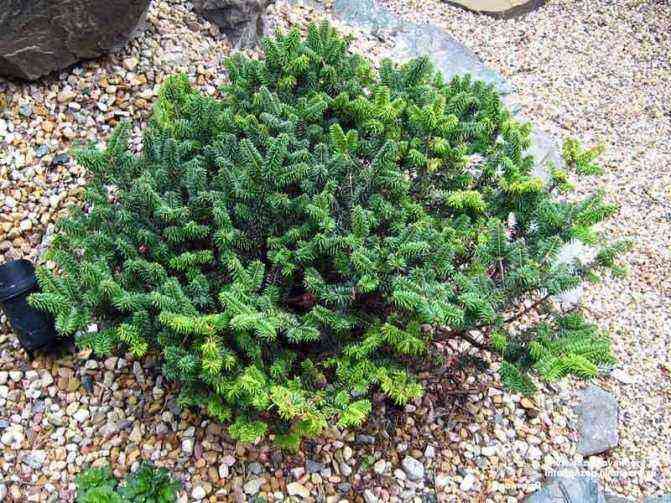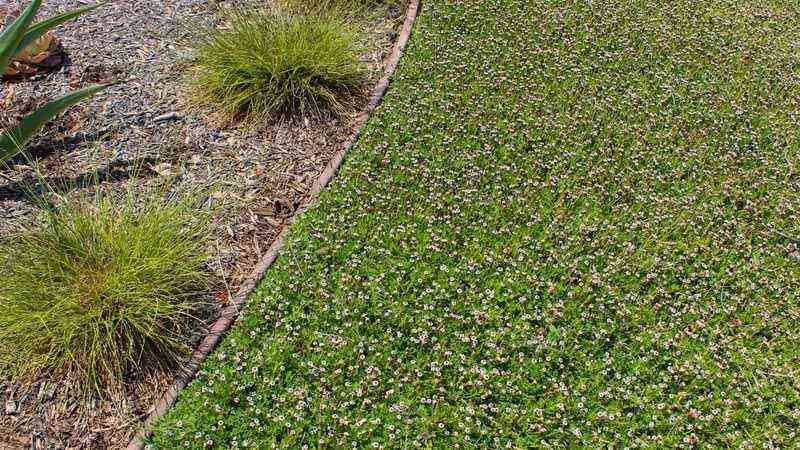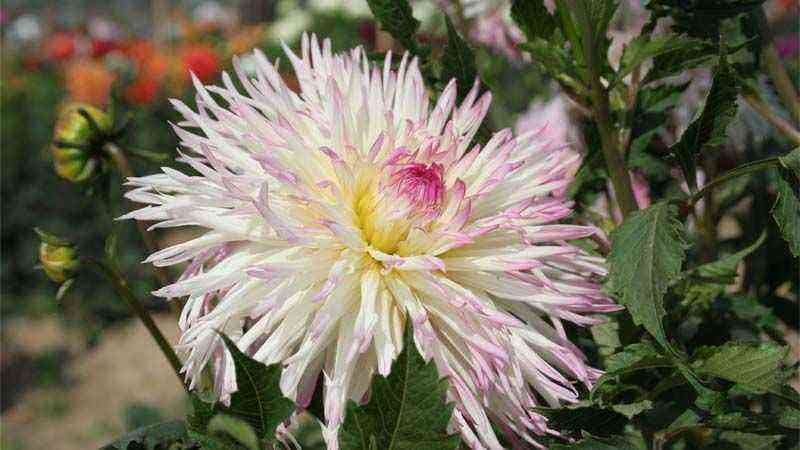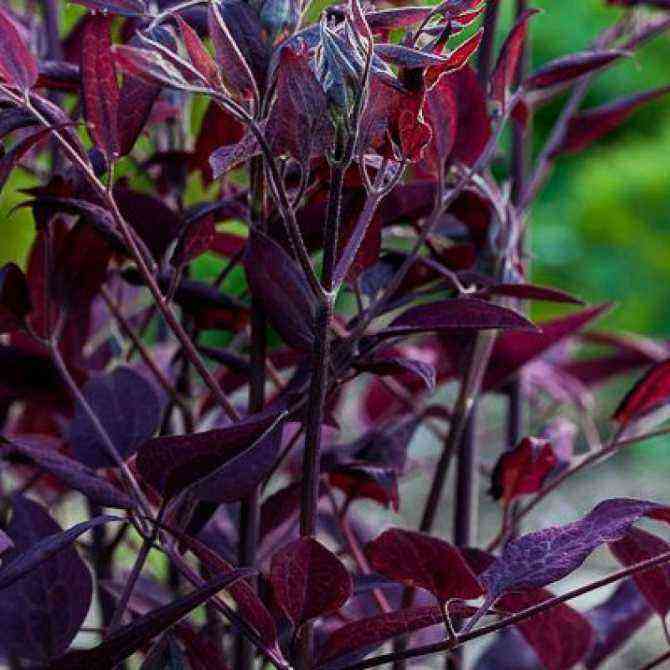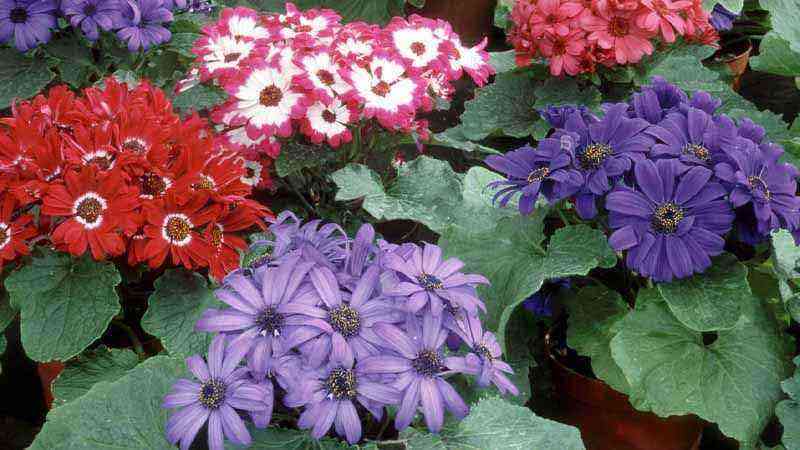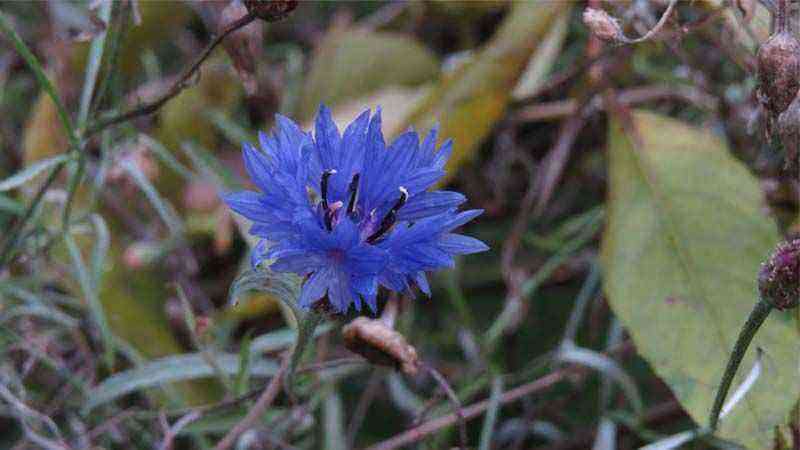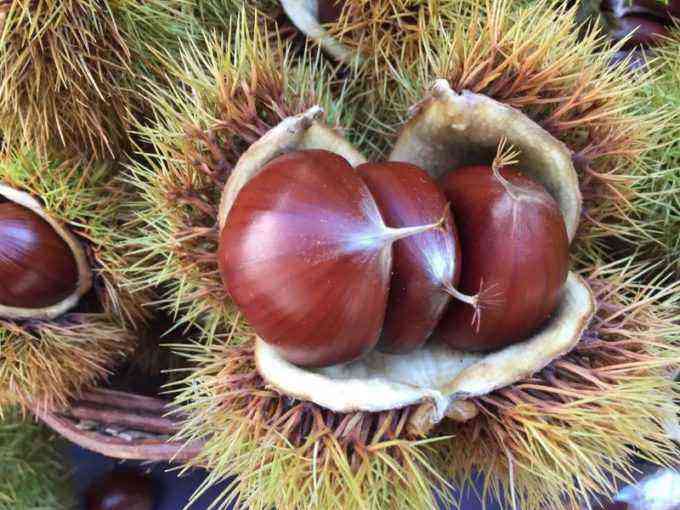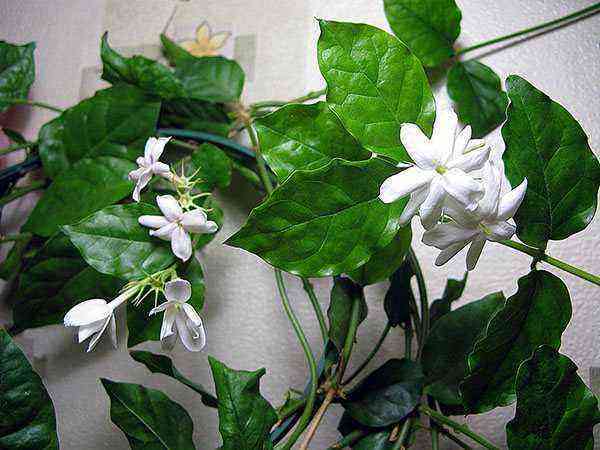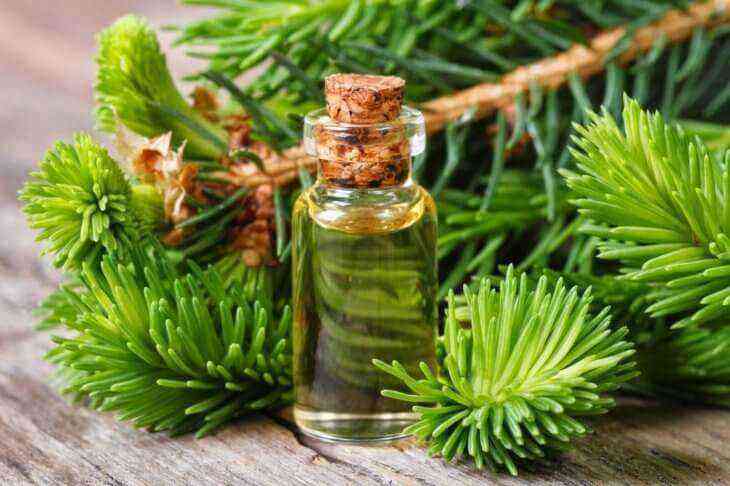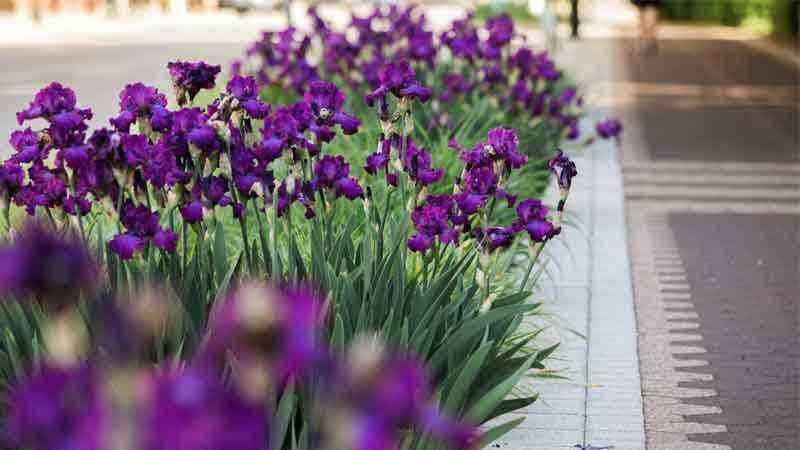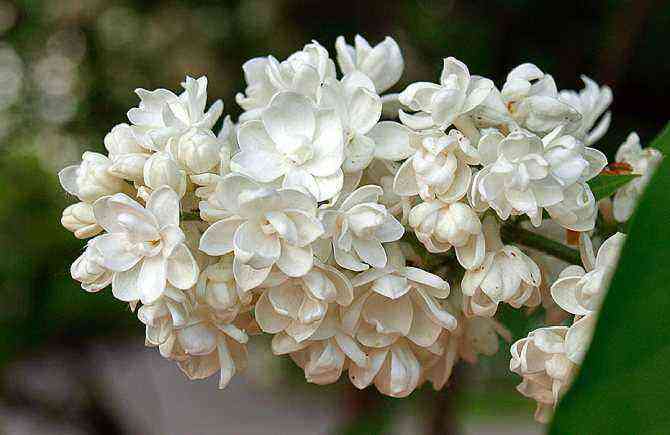Many of the climbers that we use to build plant walls are associated with humid and rather cool climates. Today we bring you one with a temperate or slightly warm climate, yes, it is delicate to take care of but if it works well, the results are surprising. Good foliage, dense, very fast growing and with a very attractive flowering. Let’s see a bit how it is Cobaea scandens.
It is commonly found in Central and South America. It is originally from Mexico. The gender Try it it consists of just over a couple of dozen species. It is known as Purple ivy or Cobaea.
There is a discrepancy around another common name (Bishop’s Shoe) for an orchid that is also called this way. Its most outstanding features are its rapid growth and flowering. As a small disadvantage it can be said that in the beginning of sprouting, gives off a somewhat strange smell which may make you frown at times. It is not an exaggeration but we have to take it into account.
The other side of the coin is that in the flowering period the fragrance improves a lot, giving floral aromas for several months. We already say that neither for good nor for bad aromas are too intense but there they are.
Purple ivy, fast growing and flowering
Perhaps it is one of the plants that we have talked about in this blog with the fastest growth speed. It is one of the most vigorous there is in terms of climbing plants. If your climate allows it and you want to cover a pergola in a relatively short time, Cobaea scandens stands as a very good option.
We have not had the pleasure of cultivating it but it is said that in a season it can cover a pergola with some denseness thanks to its tendrils that help it to climb almost anywhere.
The flowering is very curious, with changing colors in the flowers. They are cup-shaped flowers of good size whose calyx remains in the flower, completing it with a permanently green base. All this without counting the long stems of the flower that give it a curious air.
The flower in its early opening is greenish in color without any special attraction. As it gets older it goes turning a very striking purple, characteristic for which it is cultivated as a good ornamental species. Its flowering also lasts for several months, covering the entire summer and even some of the fall.
Growing conditions of Cobaea scandens
Temperature and exposure
It has a temperate or warm climate. Frosts are his weak point. According to the climatic zones proposed by the United States Department of Agriculture (USDA), this plant is included in zones 9 or 10 whose minimum limit temperatures range from -7 ºC to approximately 1 ºC.
This data is somewhat indicative. Still, there is no need to subject it to such inclement weather. He may not die but he will suffer. Therefore we have to go to areas in the south of the peninsula where there are almost no frosts or they are very light.
Needs a good exposure as long as the weather is slightly warm or temperate. If it is very hot, you can try its cultivation in somewhat shady places. The semi-shade tolerates it, excessive heat does not.
Soil and fertilizer
Not demanding in soil conditions. Moreover, soils that are too humid or rich in organic matter and nutrients, harm it. Flowering is stimulated precisely by somewhat poorer soils. We should not go to the extreme of a wasteland, but it is better to sin poor than too nourished.
Compost applications therefore remain in the drawer. No such work is necessary. A correct drainage is more necessary.
Reproduction and maintenance of Cobaea scandens
- To climb need tutors or a wire fence if it is on a wall as seen in the previous photo. The tendrils will do the rest.
- The most common form of reproduction is by cutting and it is the one that gives the best result, although it can be done by seeds at the end of winter. In either case, a good temperature is necessary. About 23ºC (± 2ºC) and with a somewhat richer substrate than that mentioned for normal cultivation. It needs to have a normal topsoil base with some compost and sand to allow for good drainage.
- As in many of the vines and plants in general, the apical shoot clamping they are a good way to stimulate growth, achieving the aforementioned speed.
- It is easy for her to be attacked by pulgon and red spider as the most common pests of any garden.
